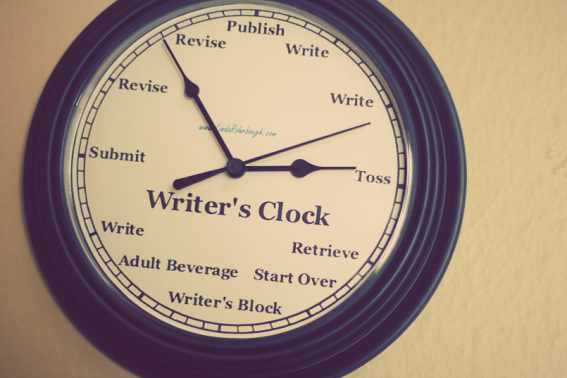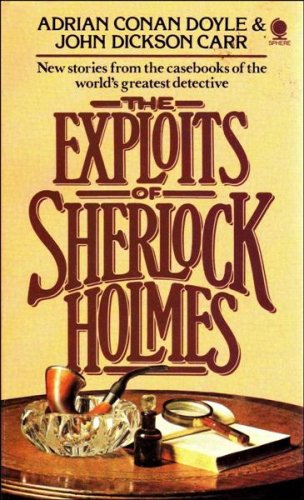First up, let me congratulate O’Neil De Noux on his Shamus nom. Good luck!
***
 |
| Grand Central Terminal and the Chrysler Building |
We booked out on Jet Blue because we heard about their great on-time record. We got lucky—they were late both coming and going. I guess someone has to be the exception to the rule.
The week was a whirlwind of adventures and some sightseeing, much of it filled up with literary events. We arrived Monday night and since the hotel is next door to Grand Central Terminal we decided to check it out and have dinner at the famous Oyster Bar. Talk about a cool place. Then we walked around the neighborhood near the hotel late into the night.
On Tuesday we went to the Ellery Queen offices for tea with Janet and Linda Landrigan of Alfred Hitchcock Mystery Magazine, and Jackie Sherbow, senior assistant editor for both EQMM and AHMM. Also there were Doug Allyn and his wife, Eve. Doug’s stories came in #2 and 3 in this year’s poll. But he’s been #1 11 times. I think it will be a long time before anyone can top that!
 |
| From L to R: Jackie Sherbow, Doug Allyn, Linda Landrigan, Janet Hutchings, Me |
 |
| Me and Jackie Sherbow. |
 |
| In the subway: L to R: me, Eve Allyn, Doug Allyn and Amy |
 |
| Jackie guiding us through the subway. |
 |
| Grand Central Terminal |
The next day was the Ellery Queen cocktail party and awards, held at a specialized library not too far from the hotel. And it was a truly terrific experience. But the best part (besides picking up the award of course 😉) was being able to meet people in person that I know online but hadn’t met for one reason or another. Fellow SleuthSayer David Dean. Tom Savage. Dave Zeltserman, who published some of my stories early on in his HardLuck Stories magazine, and whose Small Crimes was just made into a movie on Netflix that released recently, so check it out. Besides hanging with Janet, Linda and Jackie, we also got to hang with Doug and Eve Allyn again, both of whom were great to hang with.
 |
| Me and Doug Allyn at the Ellery Queen Cocktail Party |
And, of course, it was more than a thrill to win the award!
 |
| Me receiving the Award |
And then it was off to the Edgars that evening. Very exciting. And all was going well, I even liked the food (and who likes the food at these things?), until the Master of Ceremonies, Jeffrey Deaver, stumbled and then fainted on the stage while doing some introductions. That was scary. Luckily he was okay, though whisked off to the hospital to make sure it was nothing serious. I believe tests showed that it wasn’t—hope so.
That’s the litany, now for the real deal: While we loved New York and all of the events, the best part of anything like this, Bouchercon, Left Coast Crime, etc., is the people. The community of mystery writers is a very warm, very supportive group. And, as I’ve mentioned, it was great to see old friends and also meet new people. We saw Jim Ziskin and Catriona McPherson, and had a nice chat with both of them. Met Otto Penzler. And it was good to meet Sam Reaves, Dave Zeltserman and too many others to name here. And great to spend time with Janet, Linda and Jackie.
 |
| Amy and Jackie at the Edgars. |
New York has a bad rep in some ways and people who know me thought I’d hate it (as I haven’t been there in years…decades). I loved it. I loved the crowds. I loved the energy. I loved the writing community. I loved this whole unexpected trip. And I’m more than appreciative to Janet Hutchings for publishing Ghosts of Bunker Hill and taking a chance on my first story for Ellery Queen, Howling at the Moon (which, by the way, made it to #7 in the Ellery Queen Readers Poll). And to Linda Landrigan for publishing my story Twelve Angry Days in the current (May/June 2017) issue of Alfred Hitchcock Mystery Magazine. And to Jackie for everything she does to keep the wheels turning. And last but certainly not least to the people who voted for Ghosts of Bunker Hill and made it #1.
***
Something else that hit me while in NYC was the use of location. Setting plays a major role in most of what I write. Author S.W. Lauden has said about my work, “I just read your next novel Vortex. I loved how the action bounced around Southern California, almost as if the region was one of the main characters.”
To me, location can sometimes be a driving force for the characters. Of course, they have inner motivations, but where they live, the zeitgeist, ambience and flavor of the city or desert or whatever locations the stories take place in adds to their motivations. And being in New York really made me notice the different energies and vibe of different cities. They really do have personalities of their own and those personalities influence and affect the characters. There are some stories that could only take place in New York and some that could only take place in LA, and not just by mentioning a street name or a location, it’s more than that. It’s the spirit of the place that comes through. For me that location is often, though not always (see my story Deserted Cities of the Heart in Akashic’s St. Louis Noir and set there, of course) Los Angeles. And even though LA’s been done to death you might say…you haven’t seen my LA.
For more on my relationship with the City of Angels, please check out this link to my very first SleuthSayers post:
http://www.sleuthsayers.org/2015/02/adventures-in-la-la-land.html
***
And now for the usual BSP:
***
http://www.ccwconference.org/


































